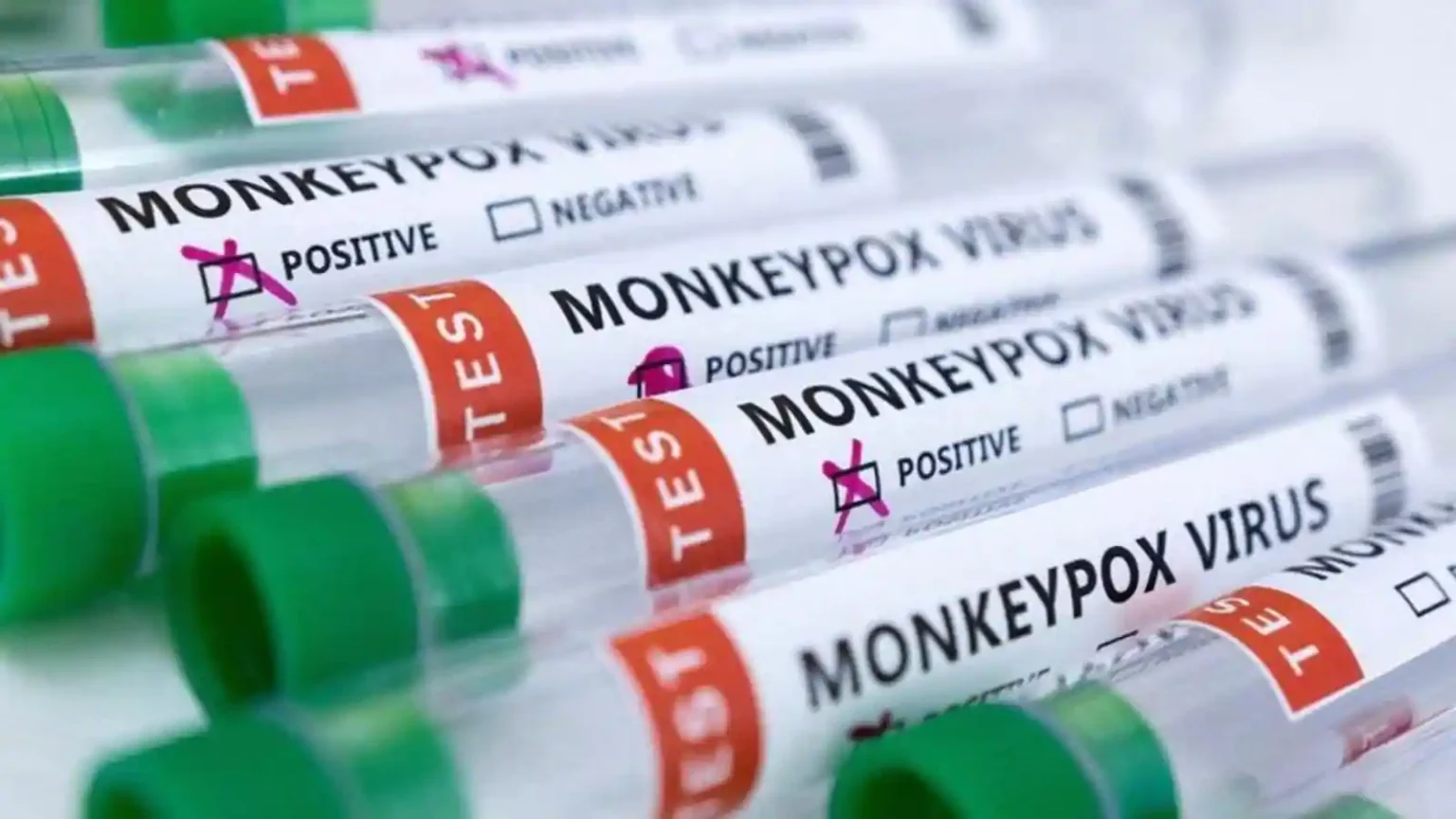
According to India’s Health Minister Mansukh Madaviya, who made the announcement today, there have been eight confirmed cases of monkeypox so far in the country, and a national task force has been established to oversee the research and development of diagnostics and vaccinations. Today, another case of monkeypox was recorded in Delhi, making this the third confirmed instance of the viral illness in the nation’s capital.
Mr. Mandaviya stated in the Rajya Sabha that there have been eight cases of the disease found in India so far, and out of those eight cases, five had a history of traveling outside of India.
According to government sources, a monkeypox positive test was conducted today on a foreign national in Delhi who was 35 years old and had no recent history of travel. Yesterday, the individual was checked into the LNJP Hospital, which is run by the government.
Although the first case in India was only reported on July 14 from Kerala, the minister said that the guidelines had been given out much earlier than that, on May 1, 2022, by the Central government to all states, and not just for international airports, regarding the surveillance mechanism and contact tracing, as well as how to collect samples from suspected cases and send them to recognized laboratories for testing. While the first case in India was reported on July 14, it was from Kerala.
The government of Delhi has requested that three private hospitals construct isolation rooms for patients diagnosed with monkeypox. The hospitals will be compelled to set aside five rooms for patients who have been diagnosed with monkeypox and another five rooms for patients who may have been exposed.
The virus that causes monkeypox is a member of the same family of viruses as the virus that causes smallpox, which makes it possible for humans to contract monkeypox. According to the World Health Organization (WHO), cases of the disease have been reported from non-endemic nations as of late. The disease is endemic in places such as West and Central Africa.
The symptoms of monkeypox include often high fever, a rash, and enlarged lymph nodes. Monkeypox can also lead to a variety of medical issues. In most cases, the sickness will clear up on its own after a period of two to four weeks having symptoms.
In order to effectively handle the isolation of monkeypox patients, the hospitals of MD City Hospital, Batra Hospital, and Kailash Deepak Hospital will each set aside 10 beds (five for confirmed cases and five for suspected cases).
Monkeypox is a viral zoonosis, which means that it is transmitted to people from animals. The symptoms of monkeypox are quite similar to those of smallpox. It is clinically less severe than smallpox, according to the World Health Organization (WHO), which on July 23 announced that it had declared a public health emergency due to the outbreak.
The Center established a task group on Monday in order to keep an eye on the condition, which can be passed on from person to person by coming into close touch with the afflicted individual’s sores or bodily fluids. The disease can also be transmitted through indirect contact with lesion material, such as through contaminated clothing or linen. This is another method of disease transmission. At this point, at least 22,000 cases of the virus have been reported across 75 nations.
According to the World Health Organization, monkeypox is a viral zoonosis. A zoonosis is a virus that is transmitted to humans from animals. The symptoms of monkeypox are comparable to those that were observed in the past in patients who were suffering from smallpox; however, it is clinically less severe.
As a result of the successful eradication of smallpox in 1980 and the subsequent discontinuation of immunization against smallpox, monkeypox has become the most significant orthodox virus in terms of its impact on public health.













